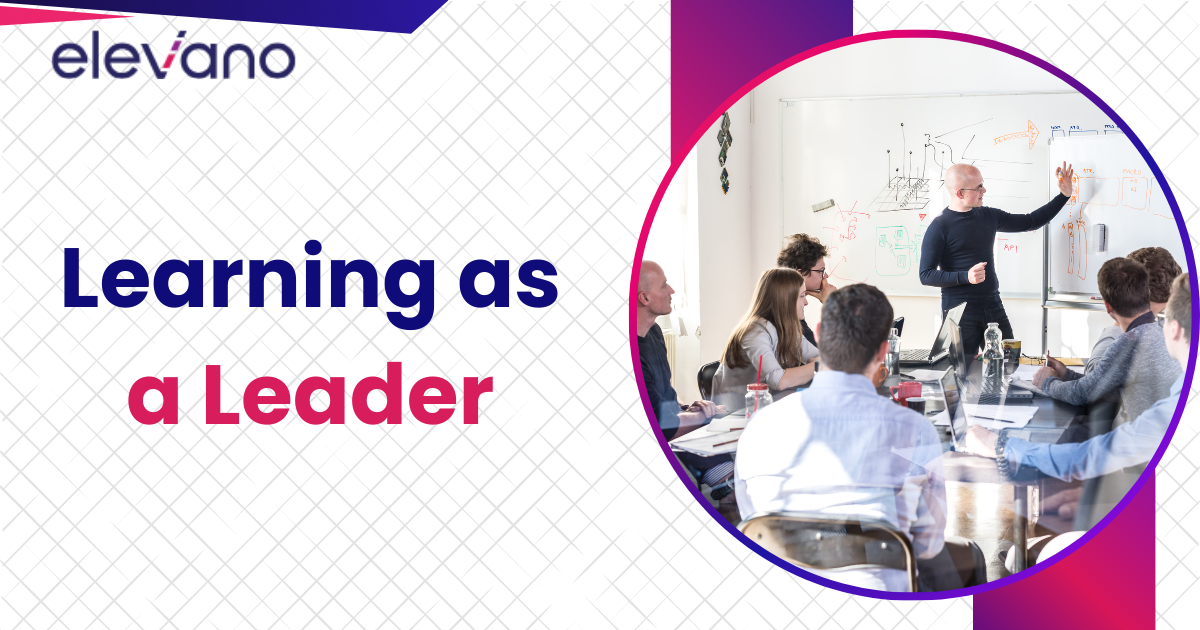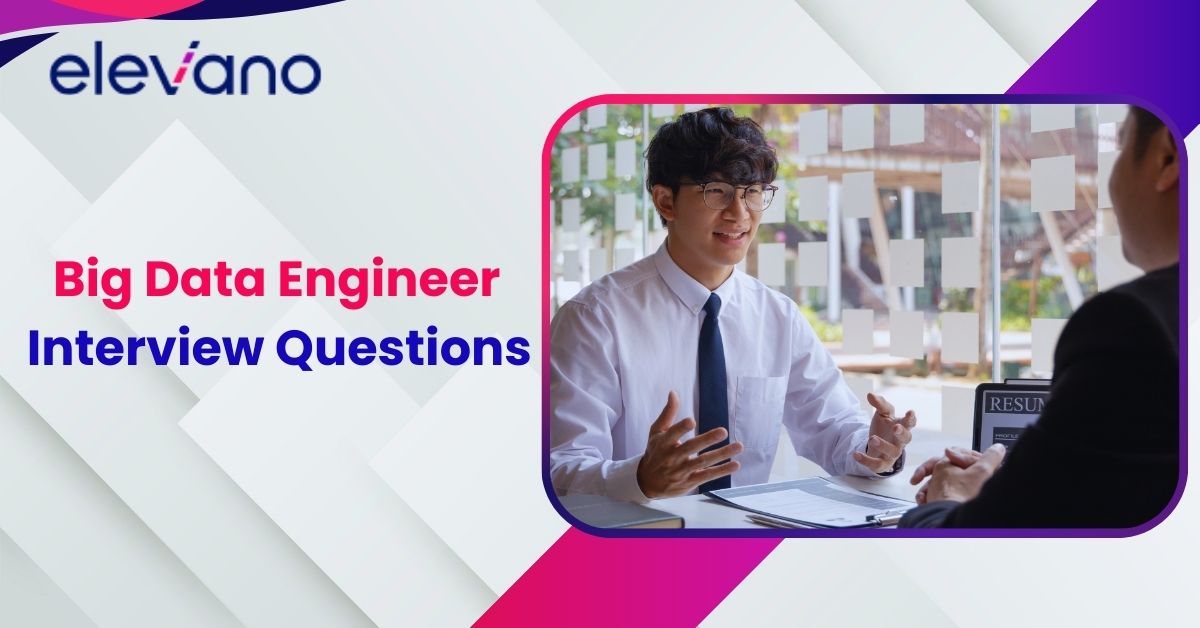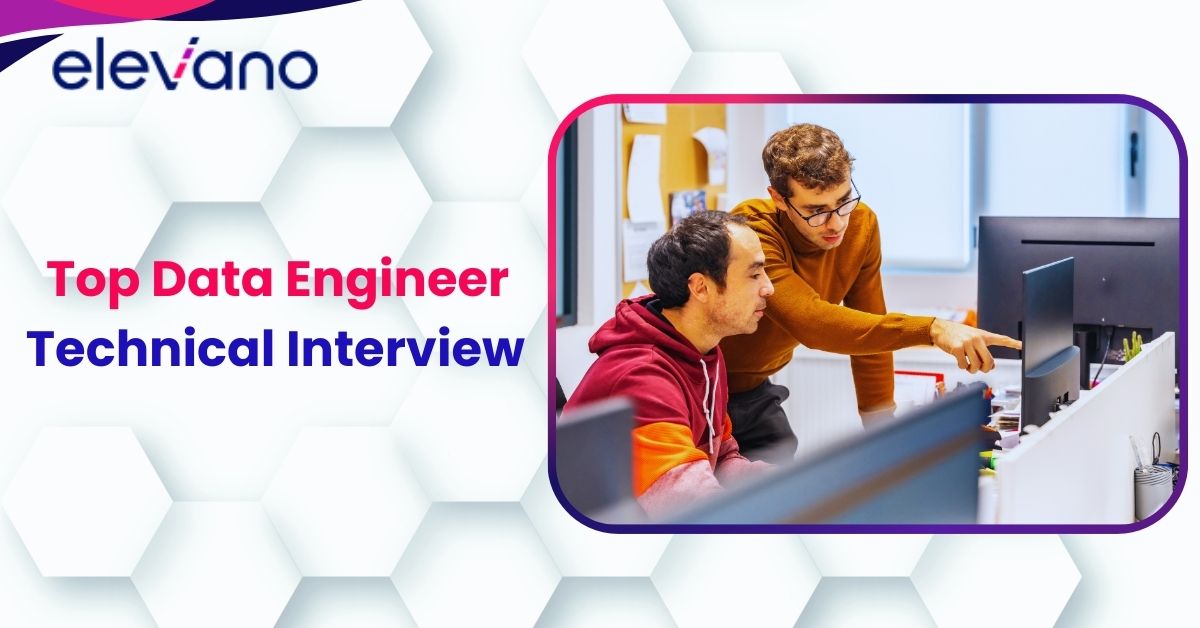In today’s technology landscape, building a great data organisation requires much more than technical expertise. It demands leadership, cross-functional collaboration, and a deep connection between data, product, and engineering.
In this episode of The Tech Trek, Sri, the VP of Data and Analytics at Age of Learning, shares his journey from EDS to leading data-driven transformations at Yahoo, Hulu, and GoGuardian. Drawing from years of experience scaling teams and advising startups, Sri offers candid insights on building high-impact data organisations, driving innovation, hiring effectively, and growing as a leader in a rapidly shifting tech environment.
So read on, you’ll uncover valuable lessons to sharpen your leadership and data strategy.
The Connection Between Data, Product, and Engineering
Building a strong data team isn’t just about numbers. It’s about understanding how data powers real products and drives engineering choices. Sri, VP of Data and Analytics at Age of Learning, shared how blending these areas creates smarter companies that move faster and grow better.
Sri explained that successful data leaders think like product owners and engineers. They don’t just deliver dashboards, they help build real products where user behavior, learning outcomes, and platform performance come together. At Age of Learning, the data team worked hand-in-hand with product and engineering. By tracking real engagement and running smarter experiments, they helped create personalized learning experiences that adapt to each student’s needs. Understanding the business model, not just the technology, was key to scaling these innovations across global users.
Building and Scaling Data Teams: A Strategic Approach

Building a data team isn’t about hiring fast, it’s about setting the right direction first. Sri shared how he approaches this step-by-step, combining business goals with real team insight. From the first 30 days to long-term org planning, everything starts with people, structure, and strategy.
Laying the Foundation: The 30-60-90 Day Plan.
Sri’s onboarding plan is simple and effective: listen first, act later. His first 30 days focus on relationships. He meets product leaders, finance, marketing, and other stakeholders, not just to introduce himself, but to understand what they expect from data.
By 60 days, he starts assessing whether the current team setup supports those expectations. Are the right people in the right roles? Is the tech stack helping or slowing things down? He runs a full SWOT analysis on people, platforms, and workflows to uncover strengths, weak spots, and areas of opportunity.
By 90 days, he’s aligned data strategy with company priorities and has a roadmap ready: who to hire, who to coach, and what systems need fixing.
Evaluating and Growing Talent
After the roadmap comes execution. Sri doesn’t just hire, he studies the team first. With HR support, he builds a skills map showing every person’s technical and soft skills. This reveals gaps, underused talent, and people who might be ready for more.
Then, he matches this map against the team’s responsibilities. Are roles clearly defined? Do people have the tools to grow? Sometimes the answer is hiring. Other times, it’s realigning roles, offering training, or building internal career paths.
He emphasized that close partnership with HR is key, not just for recruiting, but for keeping talent motivated and growing. A strong team isn’t one you buy—it’s one you build and believe in.
Driving Change in Legacy Organizations
Old systems don’t change themselves. Sri shared how stepping into a new role means more than building—it often means unbuilding what no longer works. At Age of Learning, he faced this right away with how product teams ran experiments.
Modernizing Product Experimentation
Product testing was outdated. Teams were using manual processes that didn’t scale, and Sri knew it was slowing down learning. Instead of pushing change with opinions, he showed a better way. He introduced Leanplum, a platform that made A/B testing faster, easier, and more reliable.
This shift allowed the company to double the speed of product launches while gathering better insights from each experiment. But Sri didn’t stop there—he made sure product and executive leaders understood how these tools connected to business value. That buy-in made adoption smooth and lasting.
Proving the Value of Change
Change doesn’t stick without proof. Sri ran a small pilot using the new platform on a core product. The results were clear, and they spoke louder than strategy decks ever could.
He called it a balance of message and metrics—leading with vision but backing it with numbers. Once leaders saw real improvements, support followed quickly. That early success gave him the momentum to modernize more workflows without resistance.
Skillsets in Modern Data Roles: Specialization vs. Versatility
As data work shifts faster than ever, teams need more than generalists—but not everyone can be a specialist. Sri broke down how the cloud changed everything and why modern data teams must rethink how they hire, train, and grow.
The Evolution of Data Engineering in the Cloud Era
Sri recalled the early days of data engineering—working with Hadoop clusters, managing jobs by hand, and writing parallel code like a software developer. Back then, engineers had to build the foundation from scratch.
But cloud platforms changed the game. Tools like AWS, Azure, and GCP abstract away much of the work, which makes things faster, but also riskier. Sri warned that many new data engineers now work only at the application layer, without understanding what’s happening under the hood.
At the Age of Learning, that created expensive problems. The team was spending over $2.5 million a year on on-demand AWS instances. Few engineers knew how to write even a basic serverless function. So Sri led the move to AWS Lambda, cutting $300,000 in yearly costs and unlocking a more scalable way to work.
Overcoming the Skills Gap
You can’t fix what you can’t see. That’s why Sri built a “skills heatmap” across his team. He mapped technical and soft skills, role by role, and used them to spot hidden strengths and blind spots.
This became the blueprint for team growth. Once the gaps were clear, he paired each one with a learning path—whether that meant certifications, internal coaching, or local boot camps. He emphasized that real team development needs structure, not guesswork.
Now here comes the good part: when people know what to improve and how to do it, upskilling stops being a chore and becomes part of the culture.
Hiring for Success: Beyond Technical Skills
Great data teams aren’t built on resumes alone. Sri explained that while technical skills matter, the best hires bring much more to the table, especially in fast-moving, cross-functional roles.
The Importance of Cultural Fit and Emotional Intelligence
Sri looks for people who are adaptable, curious, and open to learning. He values emotional intelligence as much as technical depth. A strong candidate isn’t just skilled; they ask questions, admit what they don’t know, and help others grow, too.
He shared a simple test: Has the person done real research on the company? Are they excited about the mission or just looking for a better title? One candidate even offered to work for free just to be part of something meaningful. That kind of passion stands out more than polished answers ever will.
So read on—because even the best interviews can lead to the wrong hire if you miss what matters.
Lessons from a Hiring Mistake
Sri shared a personal story from his early days at Yahoo. He hired a contractor who did well at first and seemed like a great fit. But after converting him to full-time, things changed fast. The person started clashing with the team and showed signs of deeper behavioral issues, including inappropriate conduct that eventually required HR involvement.
As a new manager at the time, Sri felt like he’d failed his team. He learned two big lessons: first, surface-level performance can mask real problems; second, behavioral interviews matter. Now, he emphasizes STAR-based interview questions and insists on alignment across all interviewers before making a decision.
Becoming an Advisor: Extending Impact Beyond Corporate Roles
Advising startups wasn’t part of Sri’s original career plan, but it became a natural next step after years of building data teams and delivering results inside large companies. In this section, he shared how those opportunities opened up and what it takes to make an impact in early-stage businesses.
How Sri Entered Startup Advising
Sri’s advisory journey started with reputation. After his work at Yahoo, Hulu, and GoGuardian, the founders began reaching out, many through shared connections on LinkedIn. His success didn’t just attract attention; it built trust.
One of his first advisory roles was with Acorns, now a billion-dollar fintech brand. At the time, the company was struggling to build a functioning data analytics process. Sri stepped in, learned their business model from scratch, and helped them shift from scattered tools to a system grounded in economic value. That hands-on support helped shape their long-term growth.
Advice for Aspiring Advisors
Sri’s biggest advice? Don’t just learn the product—learn the business. Great advisors understand how a company earns, grows, and survives. That means asking smart questions, understanding the customer, and connecting product choices to revenue.
He also stressed the importance of working well with founders. Early-stage teams move fast, change plans, and don’t always agree with your suggestions. That’s normal. What matters is building trust, showing patience, and staying committed even when things get tough.
But here’s the good part—once you show results, your impact grows naturally. You don’t have to chase advisory roles. They’ll find you.
Continuous Learning as a Leader

Sri believes leadership isn’t a title—it’s a habit. And staying sharp means constantly learning, both inside and outside your field. He shared how he keeps growing, not just as a data executive, but as a thoughtful, people-first leader.
Leveraging TED Talks and Thought Leaders
To stay inspired, Sri often turns to TED Talks. But he doesn’t just stick to tech. He listens to speakers like Bill Gates, Oprah, and Simon Sinek, people who challenge his thinking and push him to reflect.
He said these talks help sharpen emotional intelligence, something that’s easy to overlook in tech-driven roles. Whether it’s learning to prioritize time or hearing a fresh take on leadership, he sees value in learning from voices outside your daily circle.
Staying Current with Technology Trends
On the technical side, Sri follows a few key sources—TechCrunch for data news, CNET for product coverage, and Wall Street Journal Tech for market trends. He doesn’t try to read everything. Instead, he picks consistent sources and sticks with them.
His advice is simple: stay informed, but don’t get lost. The goal is to have enough context to talk to stakeholders, spot trends early, and guide your team with clarity, not get buried in noise.
Conclusion
Sri’s career makes it clear: building high-impact data teams isn’t just about hiring smart people or running faster queries. It’s about blending technical skill with business understanding, building real trust across teams, and learning continuously. From modernizing legacy systems to advising billion-dollar startups, his approach shows that data leadership today demands flexibility, empathy, and the drive to stay ahead. For anyone looking to grow in this space, the lesson is simple—great leaders don’t just manage data. They shape the future with it.




